28 Marketing Terms That You Need to Know
Often times when we are creating websites, particularly when you’re building an eCommerce website, you will definitely come across different terms like bounce rate, CMS, mobile optimization, lead generation, etc. So I thought, why not compile a list of terms that you would find useful? These are terms that you might want to pay attention to if wanting to maximize and drive more traffic to your website.
List of Terms
A/B Testing
The easiest way to explain this: a form of user experience research method to compare two versions of anything, to examine and determine which one works better—better performance, higher efficiency, more conversion, etc.
Analytics
Analytics is the process of discovering and identifying interesting patterns (trends) by tracking, gathering, interpreting, and analyzing a set of data. The main goal is to utilize the result obtained to make better marketing decisions, such as what type of content readers are more interested in? What is currently trending? Readers’ timespan on different types of content.
Bounce Rate
A metric calculated based on the percentage of people landing on a single web page and leaving without taking any actions. It is an important metric that tells how people feel and engage with your web page content.
- High bounce rate > Overall time spent is low, people just come in and leave
- Low bounce rate > People are spending some time and engaging with available web links on a web page
Call to Action (CTA)
A button, an image, a link, or a set of text telling your audiences what you want them to do. For example, “Sign up today to get a FREE copy of the report!”
Churn Rate
A metric that measures the number of customers a company has lost over a period of time. Most commonly seen in subscription-based companies.
Clickthrough Rate (CTR)
Refers to the percentage of people who engaged with an ad, a social media post, a link on a web page, or an email after seeing it. It is commonly used to qualify the successful rate of marketing effort.
Content
A piece of information that is used to inform, educate, share, or influence others. Content could be presented in any form—audio, image, social media post, text article, video, etc.
Content Management System (CMS)
An open-source platform designed to allow users to create, edit, publish, index, and manage web content. You will have to find your own host, do your own maintenance, solve your own problem, handle your own security, or pay for someone else to do it on your behalf.
The most common system includes WordPress, Joomla!, and Drupal.
Conversion Rate (CR)
Conversion is potentially one of the most important aspects of your business, this is where you turn visitors into potential customers. The conversion rate is basically the percentage of people who took the desired action—completing a web form, subscribing for a product/service, downloading a service, etc.
eCommerce
Essentially means selling products or services online via the internet.
Engagement Rate (ER)
A popular social media metric that is used to calculate the number of interactions your social media posts are receiving. Measurements include comments, likes, shares, or any other form of interaction based on the social media platform.
Evergreen Content
Content that readers will still find relevant, valuable, and take reference to over a period of time—it could be for months or even for years.
Inbound Link
An inbound link refers to navigation links coming from an external website, bringing visitors from another website to yours. The more inbound links your website receives, the better it is for your website’s search engine optimization (SEO) and improves the website’s visibility on the search engine results page (SERP). Inbound links help build the popularity and authority of the targetted website in particular fields.
Key Performance Indicator (KPI)
A quantitative measurement to evaluate the success of activities in achieving their business goals.
Landing Page
A dedicated, standalone web page used for marketing purposes. This is a web page visitors will “land on” after engaging with an ad, an email, a social media post, or any external digital location. There is only one purpose for these web pages, to convert visitors to potential leads by providing something valuable in return—free consultation, exclusive content, membership discounts, etc.
Lead
A company or an individual who expresses interest in your product/service in any shape or form—through communication via email or phone, filling in an online form, email subscription, etc.
Mobile Optimization
Refers to website designing and formatting best practices to ensure that a website is optimized to be able to easily navigate and view on a small screen device. It is also one SEO metric that Google will take into account when ranking web pages for mobile searches.
Niche Market
This is a segment, a subset of a larger (and more general) market with its own unique focus and needs. The marketing strategy for this specialized market is different from the general market, you need to understand the specific needs, requirements, and wants of a specific targetted consumer group.
Organic Traffic
Organic traffic refers to direct visits to a website from non-paid search engine results. These are natural organic searches ranked by popularity and relevance, not promoted search results done by paid advertising.
Page View
The moment a user clicks on a web link or type it in the address bar, it is sending a request to load a web page on the internet. Once it finished loading, that counts as one page view.
Responsive Design
The practice of developing a website where elements will change and adjust accordingly in response to the device, screen, or web browser size. If a website is responsive, it will “response” to the change in screen size and adjust the placement and size of elements to fit the screen.
Search Engine Optimization (SEO)
It is a marketing strategy to enhance the search result of a web page—the visibility of a web page on SERP, and drive the quality and quantity of your website’s organic traffic. There are tons of components to improving your website’s SEO, such as tags, keywords, internal links, website structure, visitor behavior, etc.
Social media platforms such as Facebook, Instagram, Twitter, Snapchat, and TikTok are important sources of inbound links to your website. These are additional channels used to reach out to a wider audience and improve growth via a website, a mobile website, or a mobile app.
Target Audience
It refers to a specific group of people sharing similar characteristics, who are likely to be most interested in a certain product or service. Target audiences could be defined by similar demographic information including, but not limited to, age, gender, interest, professional background, socioeconomic status.
Website Builder
Website builders are typically an all-in-one website building solution that usually includes web-hosting, domain name, and visual website editor. These are simple, easy-to-use website builders developed to enable people with no coding knowledge and experience to build a website, without needing to hire a developer.
Some common service providers include Wix, Squarespace, Weebly, and Website.com. If you are new to this website-building game, I would suggest Website.com, they offer a free plan with almost all their website-building features (including eCommerce features). And you can always opt to upgrade to paid plans later on as your website grows.
Unique Visitor
A metric that is used to show the number of different visitors to a website over a period of time. While “visits” refers to the total number of times people have landed on your website, “unique visitors” refers to the actual number of people (well, try to identify since there are ways to bypass these restrictions) who have landed on your website at least once. The number of “unique visitors” would not increase if a visitor returns to a web page multiple times.
A unique visitor is usually identified by tracking a user’s IP address, browser cookies, user agent (E.g. browsers), registration ID, etc.
User Experience (UX)
User experience (UX) refers to the overall experience and interaction a user has with a website or an application. This includes the onboarding process, how users scroll through pages, how users navigate between pages by hovering and clicking buttons, etc.
User Interface (UI)
User interface (UI) refers to how the website or digital application looks, how users interact with the digital product, the visual touchpoints that allow users to interact with. If UX is focused on the experience while using a product, UI is focused on the aesthetic experience of the product.
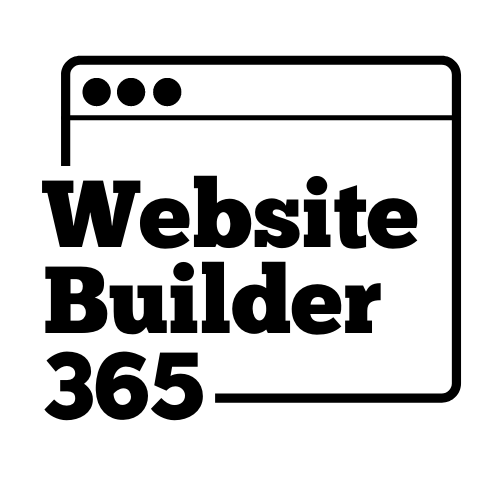
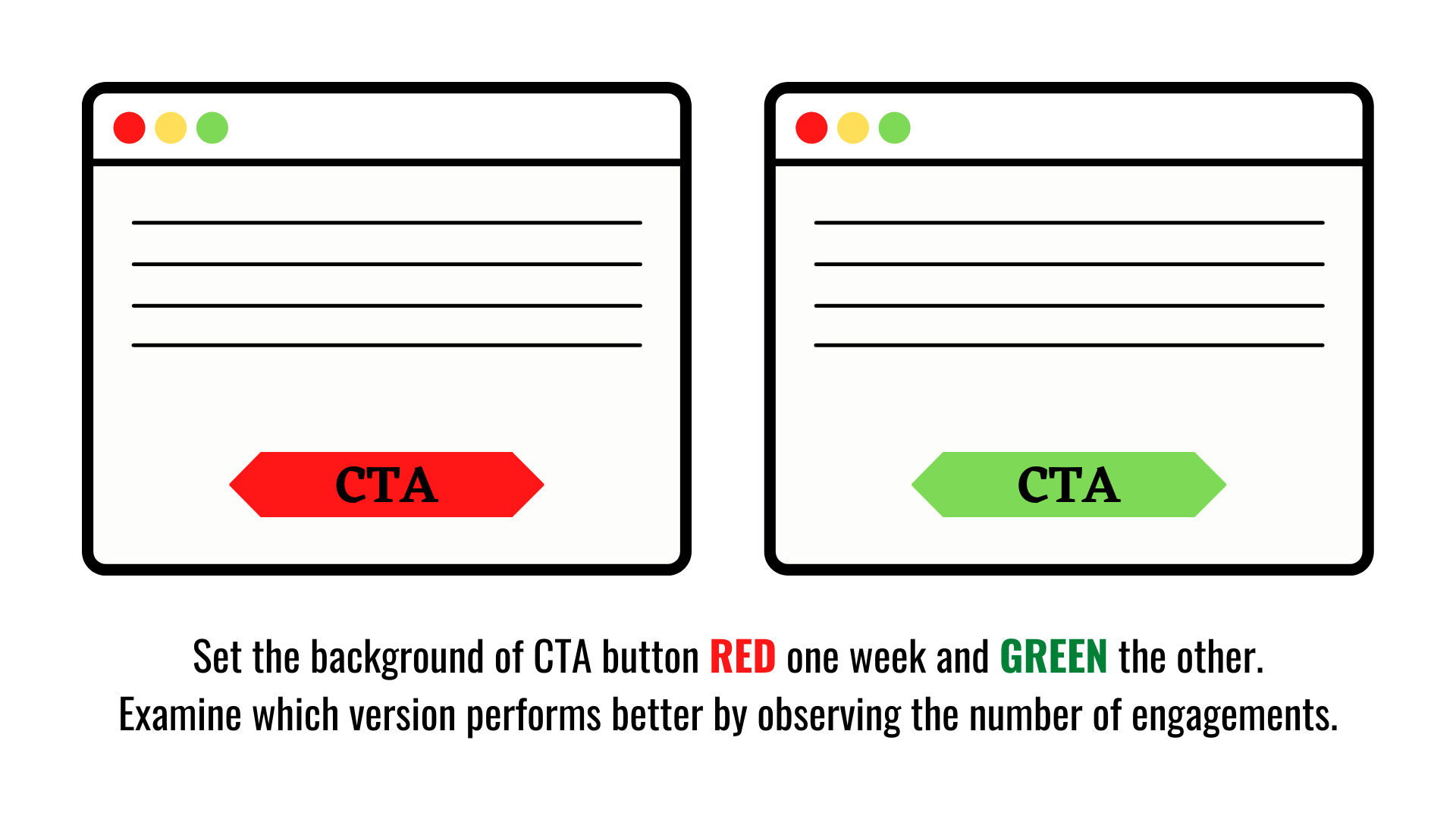
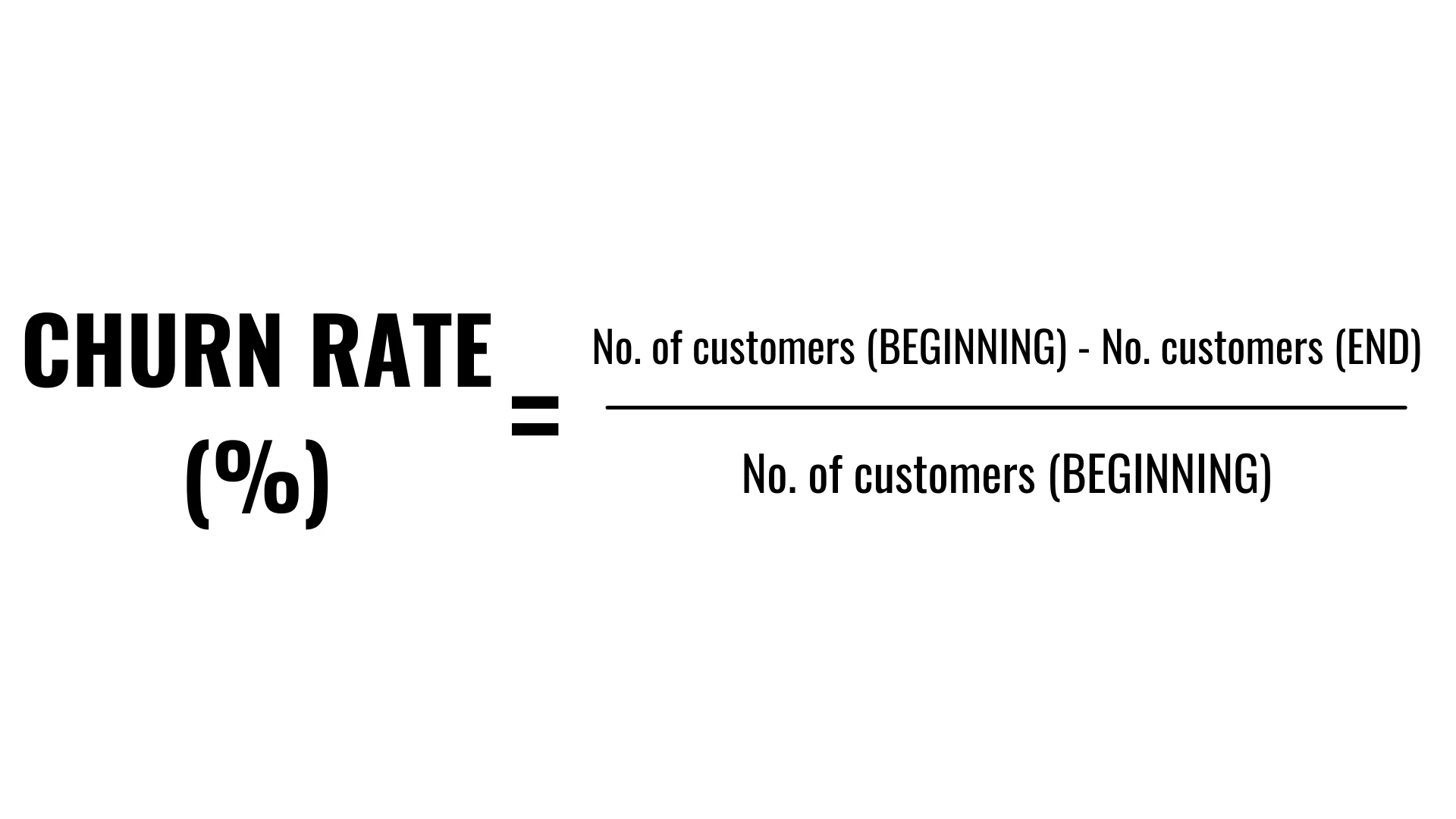
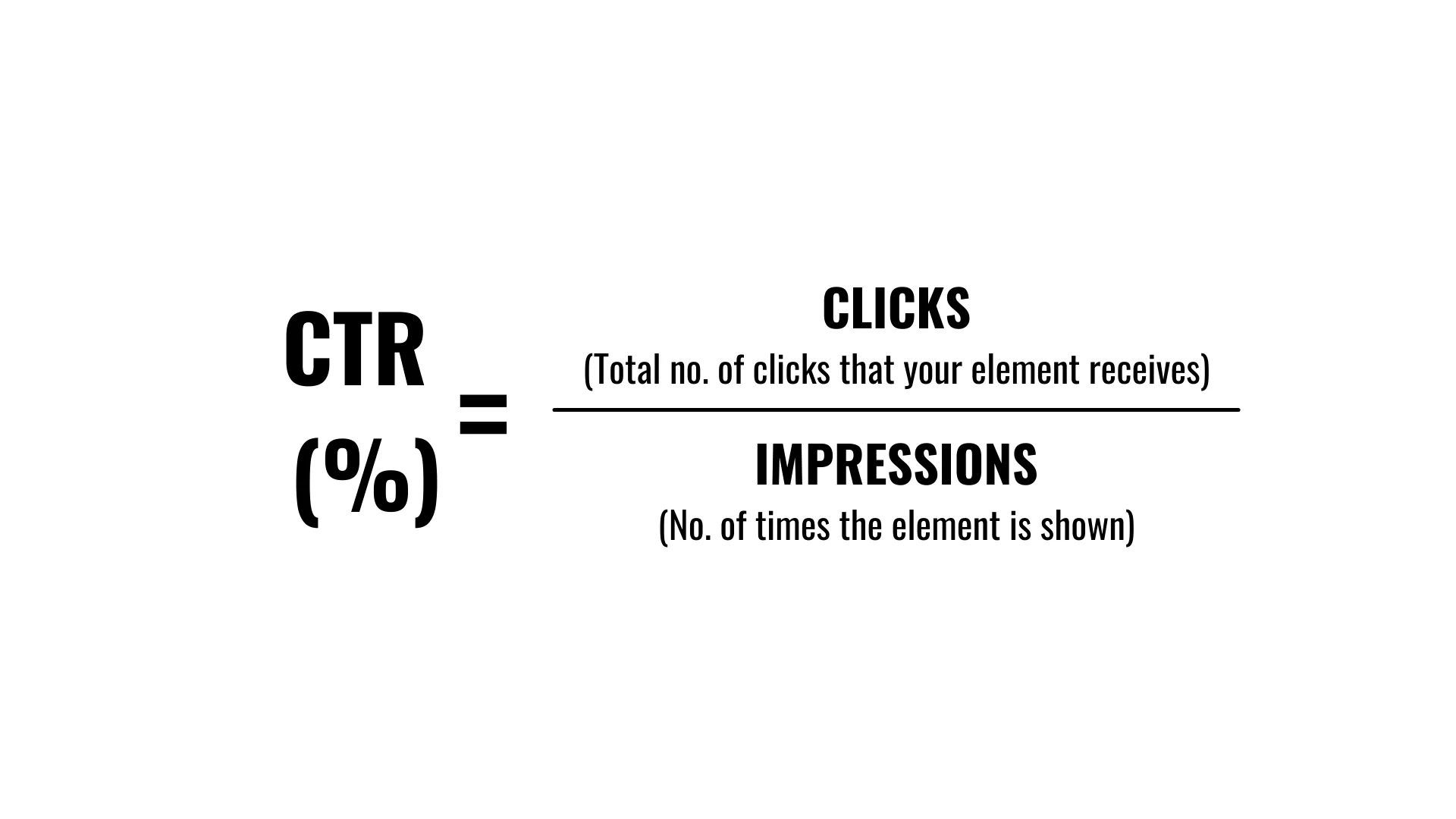
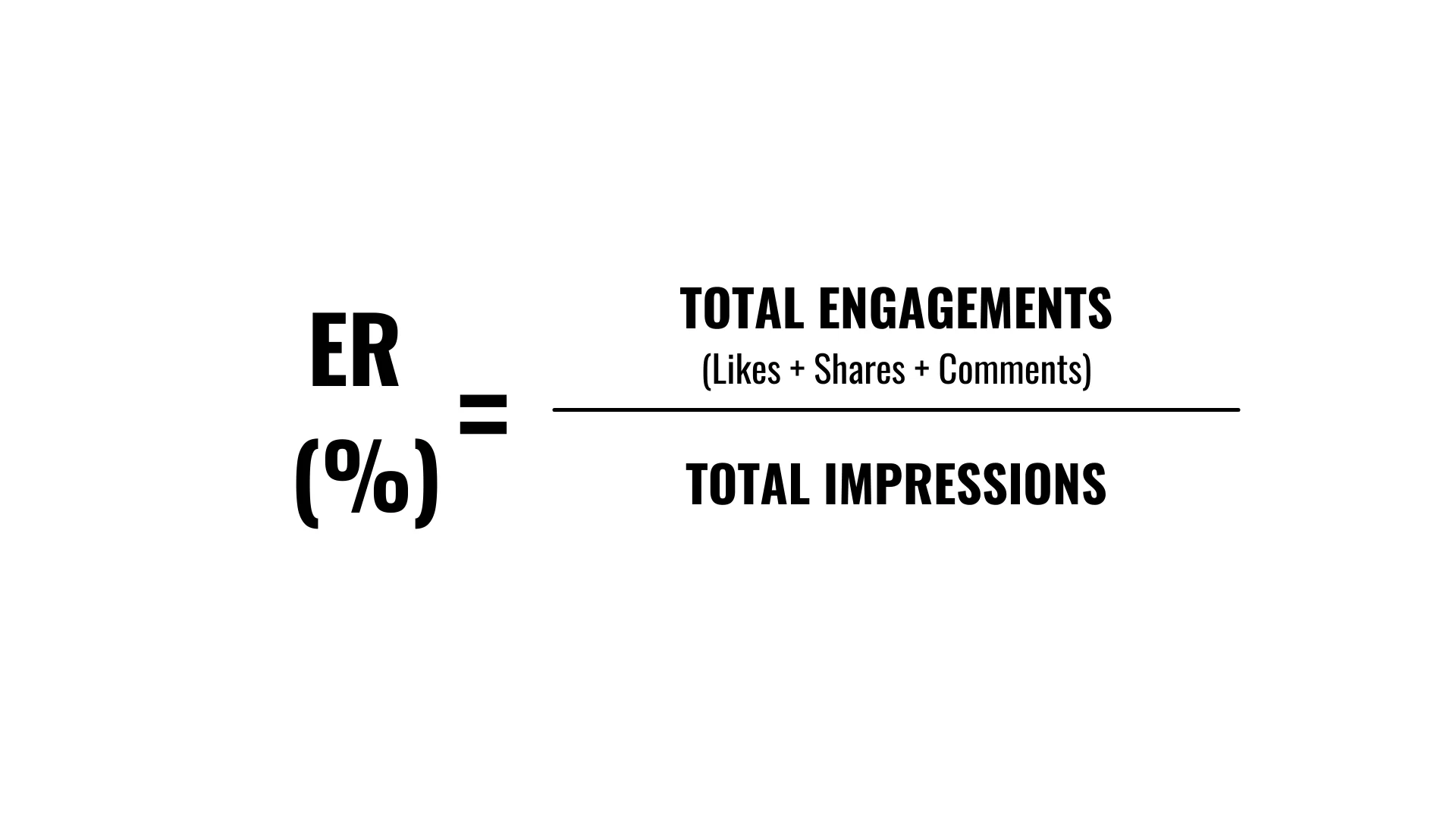
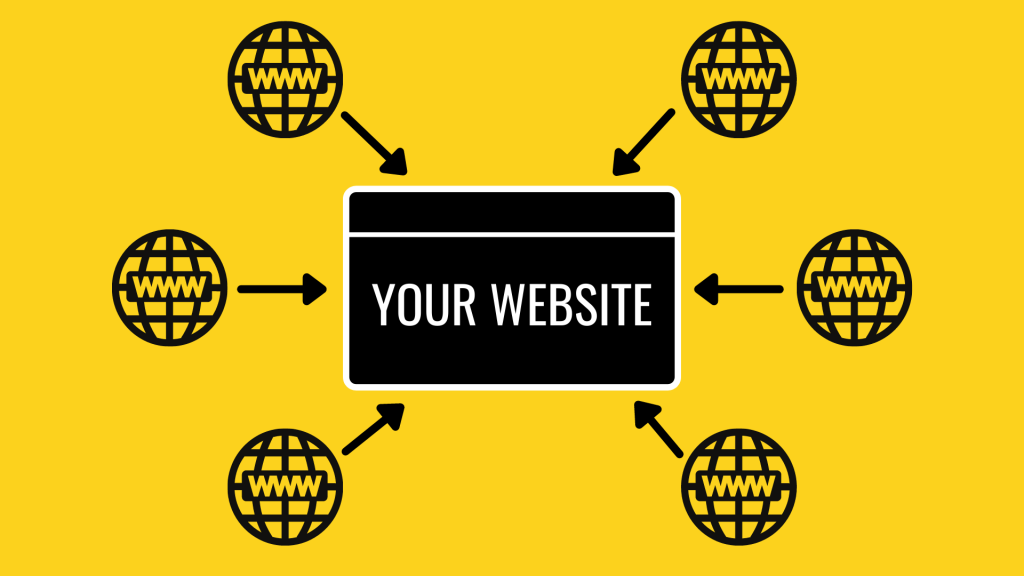

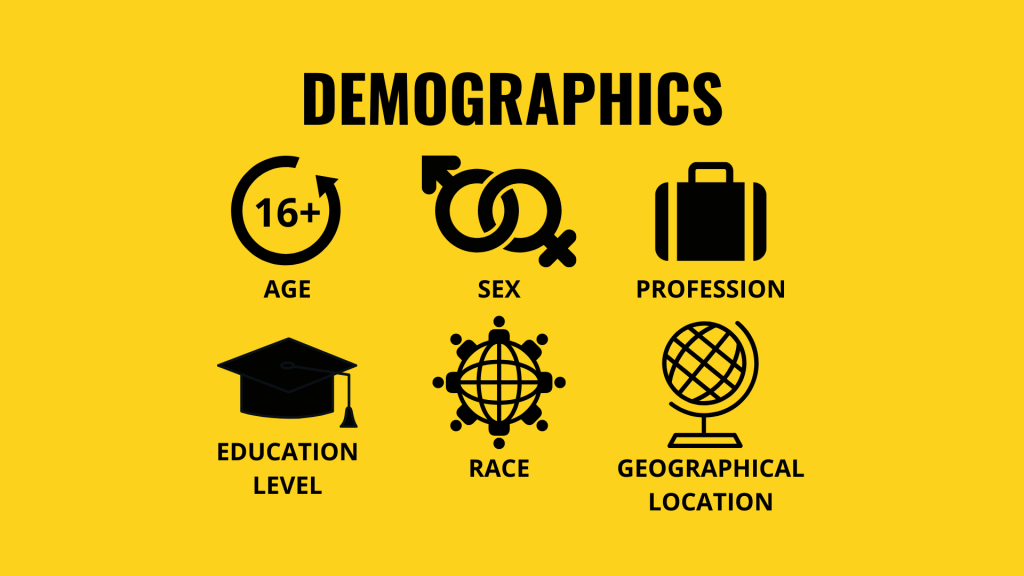
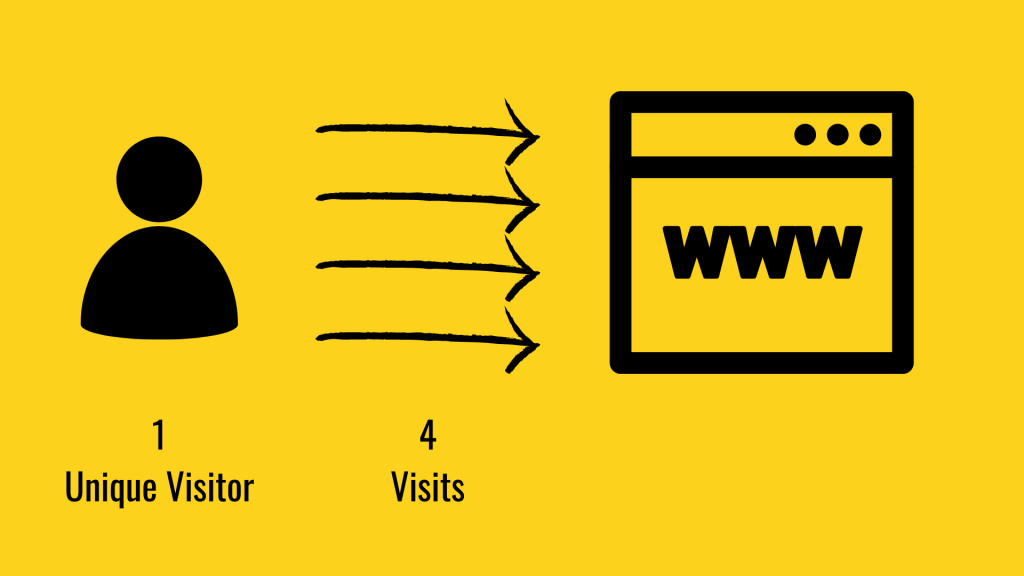
Social Media